Netflix vs Prime Video Comparison Tool
India’s OTT boom has turned the streaming market into a fierce battleground. Two giants dominate the scene - Netflix is a global subscription‑based video‑on‑demand streaming service that offers a mix of international hits and Indian originals, while Amazon Prime Video (commonly called Prime Video) is Amazon’s streaming arm, bundled with the broader Prime membership, delivering a huge library plus the option to add premium channels. Both cater to a massive Indian audience, but which one gives you more bang for your buck in 2025? Let’s break it down.
Market Snapshot: OTT in India
India’s OTT market is projected to hit $5billion this year, driven by affordable data and smartphone penetration. According to a 2024 industry report, over 480million Indians subscribe to at least one streaming platform. Netflix and Prime Video together command roughly 35% of that share, with the rest split among Disney+ Hotstar, SonyLIV, Zee5 and regional players.
Pricing & Subscription Plans
Price is the first hurdle for most users. Here’s a quick look at the current Indian tariffs (monthly):
- Netflix: Mobile₹149, Basic₹199, Standard₹499, Premium₹649.
- Prime Video: Stand‑alone plan₹149, or Amazon Prime membership at ₹149permonth (includes free shipping, music streaming, etc.).
If you already have an Amazon Prime account for shopping, the video service comes at no extra cost - a huge value‑add for frequent online shoppers.
Content Library Size & Original Productions
Content depth matters. As of Q22025, the two services host the following numbers for Indian‑available titles:
| Metric | Netflix | Prime Video |
|---|---|---|
| Total titles | ~2,800 | ~4,000 |
| Indian originals | ~120 | ~85 |
| International originals | ~2,000 | ~1,500 |
| New releases per month | 30‑40 | 25‑35 |
Prime Video’s bigger catalogue is largely due to its partnership model with studios and the inclusion of older movies. Netflix, however, leans heavily on high‑budget originals that generate global buzz - think ‘RRR’‑style productions and Netflix‑exclusive series.
Regional Language Support
India’s linguistic diversity is a make‑or‑break factor. Both platforms support subtitles in Hindi, Tamil, Telugu, Malayalam, Bengali, Marathi, and Punjabi. Netflix adds audio dubbing in five languages, while Prime Video offers dubbing in six, including Kannada. Both services have invested in local subtitle quality, but Prime Video edges out with a broader set of dubbed titles, especially in regional cinema.
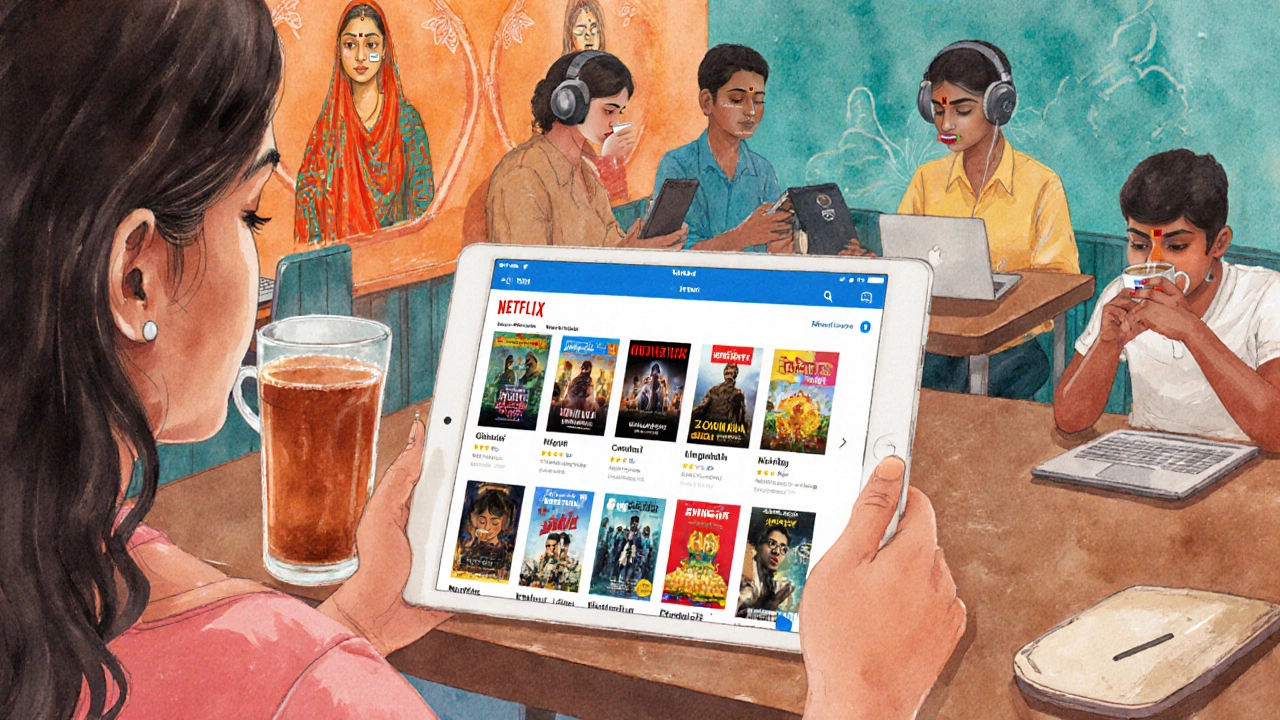
Device Compatibility & User Experience
When it comes to where you can watch, the two services are neck‑and‑neck. They both run on Android, iOS, smart TVs (Samsung, LG, Sony), web browsers, Chromecast, Fire TV Stick, and gaming consoles. Notable differences:
- Netflix provides a “DownloadonWi‑Fi” mode that automatically pauses downloads when your data cap is hit.
- Prime Video integrates with Amazon Alexa, allowing voice‑controlled playback on Echo devices and Fire TV.
Both platforms support up to 4K HDR streams, but you’ll need a Premium Netflix plan for 4K, whereas Prime Video includes 4K at no extra cost.
Simultaneous Streams & Offline Viewing
Households often share accounts. Netflix’s Standard tier lets two devices play at once; Premium allows four. Prime Video permits three simultaneous streams under a single account, regardless of the plan. Both services let you download up to 100 titles per device, with a total storage cap of 10GB on smartphones.
Value‑for‑Money: The Bottom Line
So, which service wins the value‑for‑money race?
Netflix vs Prime Video India is not a binary choice; it hinges on your viewing habits:
- If you crave premium international series, early‑season releases, and you don’t mind paying extra for 4K, Netflix’s Premium plan is worth it.
- If you’re a fan of Bollywood blockbusters, regional movies, and already pay for Amazon Prime shipping, Prime Video delivers more content for less incremental cost.
- For price‑sensitive users who mostly watch on mobile devices, Netflix’s Mobile plan or Prime Video’s standalone ₹149 plan both work, but Prime Video adds the shopping and music perks.
In practice, many Indian households keep both subscriptions - Netflix for binge‑worthy series and Prime Video for movies and the extra benefits of Prime.
Related Concepts and Next Steps
Understanding the broader streaming ecosystem can help you fine‑tune your subscription mix. Consider exploring:
- Bundling strategies - pairing OTT with telecom data plans.
- Ad‑supported tiers - both platforms are testing cheaper, ad‑filled options.
- Regional OTT players like Hotstar and SonyLIV for niche content.
Next, you might want to compare the latest pricing of Disney+ Hotstar or check out the upcoming Indian original slate for 2025 on both platforms.
Frequently Asked Questions
Which platform offers more Indian movies?
Prime Video’s catalogue boasts roughly 4,000 titles, many of which are Bollywood and regional movies, giving it a clear edge over Netflix’s ~2,800 titles.
Can I get 4K streaming on both services?
Yes, but Netflix requires the Premium tier (₹649/month) for 4K, while Prime Video includes 4K at no extra charge on compatible devices.
Is there a student discount for either service in India?
As of 2025, neither Netflix nor Prime Video offers a dedicated student discount in India, though occasional promotional codes may appear during festive seasons.
How does offline download quality differ?
Both platforms let you download in SD, HD, and 4K (where available). Netflix caps 4K downloads to Premium users; Prime Video allows 4K downloads for all subscribers.
Which service has better family‑friendly controls?
Both provide profile‑based parental controls, but Prime Video integrates with Amazon Kids+, offering a separate kids‑only app and curated library, making it slightly more family‑oriented.
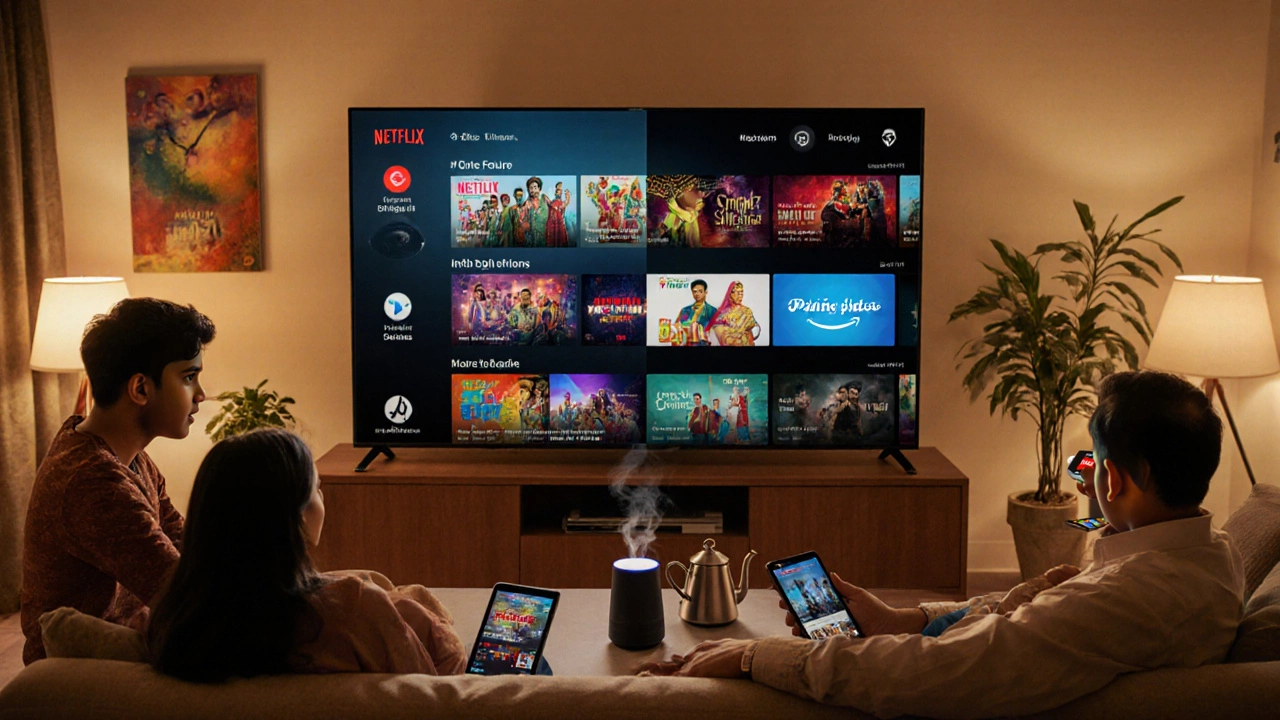

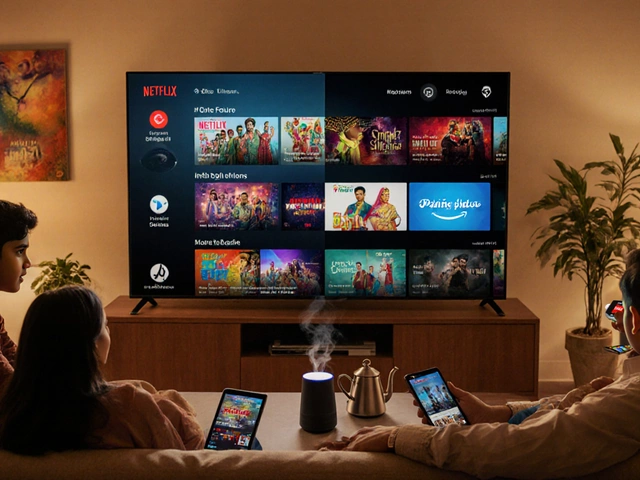
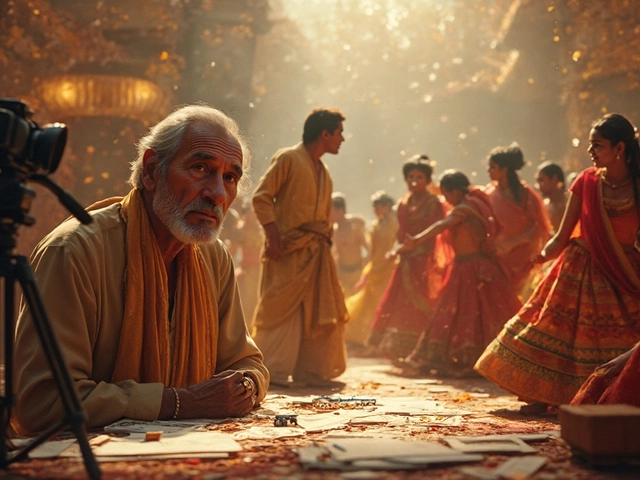
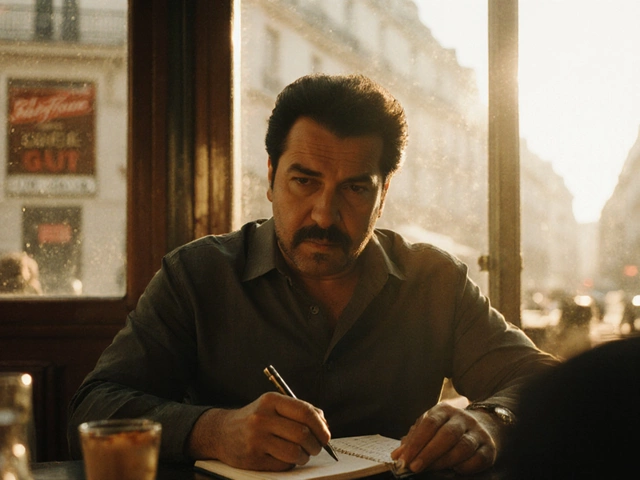
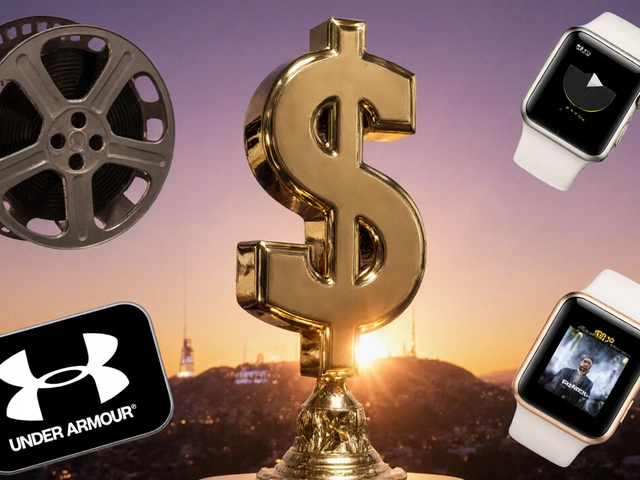
Post A Comment